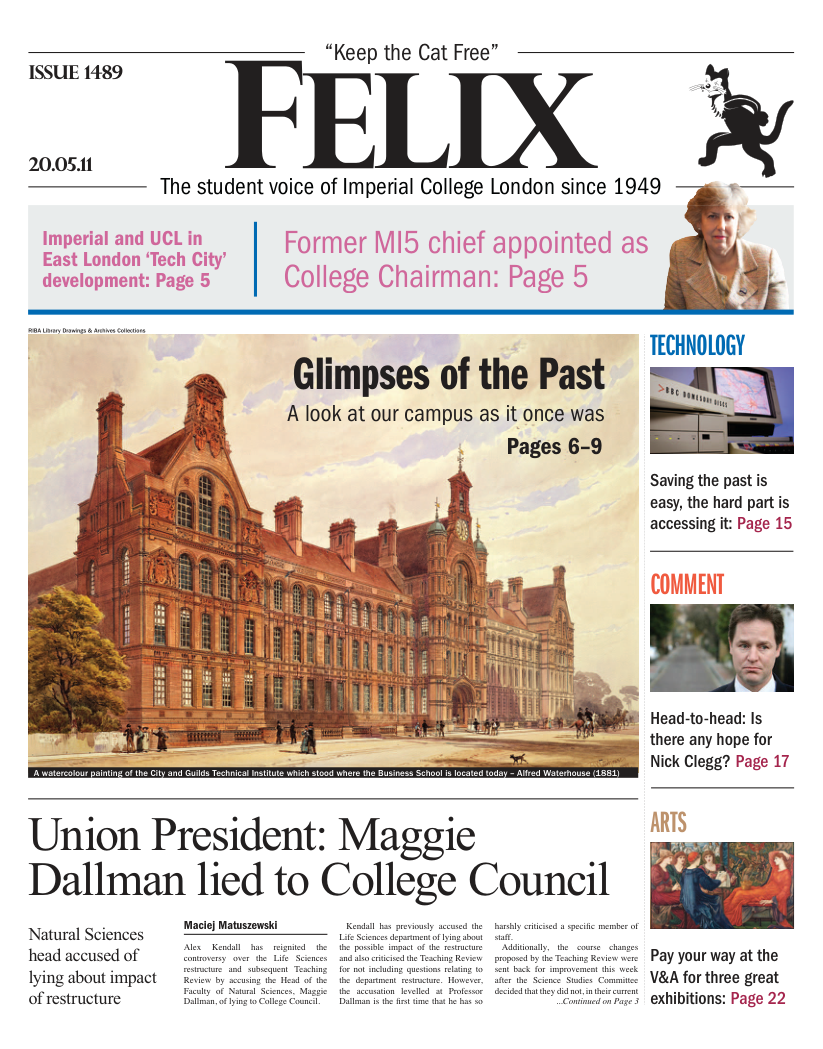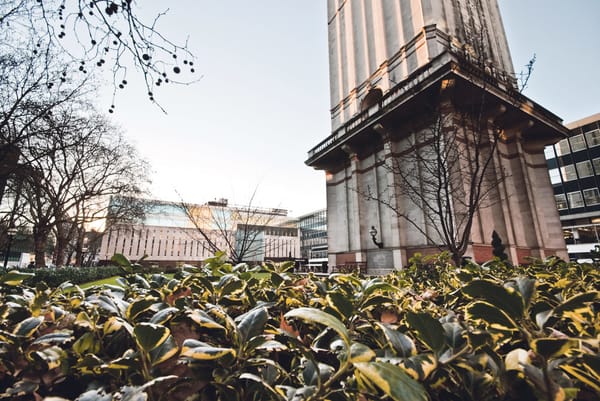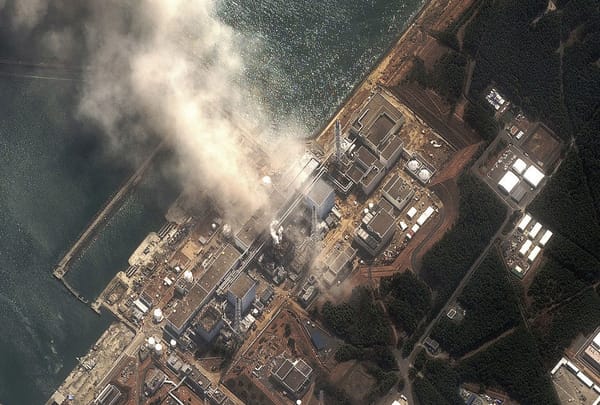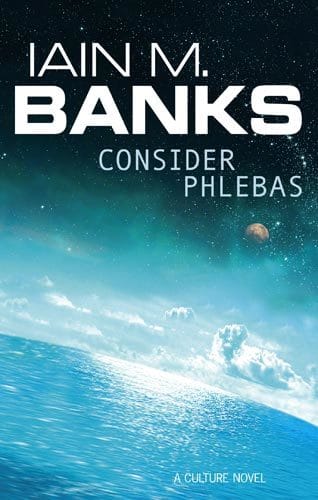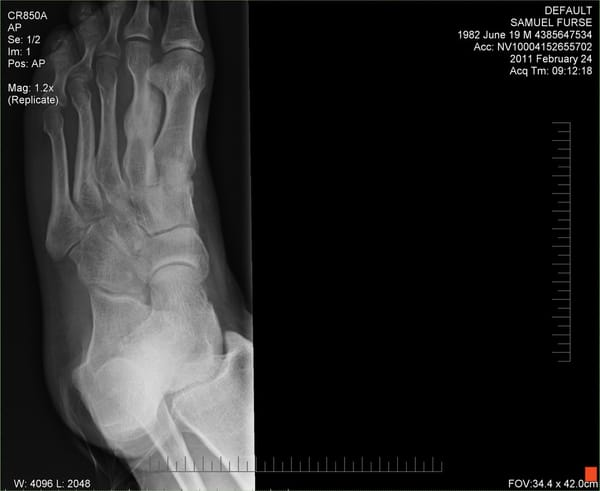Interview with Professor Stanley Siegelman
Medical Student Suha Bachir discovers how to balance a successful academic career with teaching, and even editing!
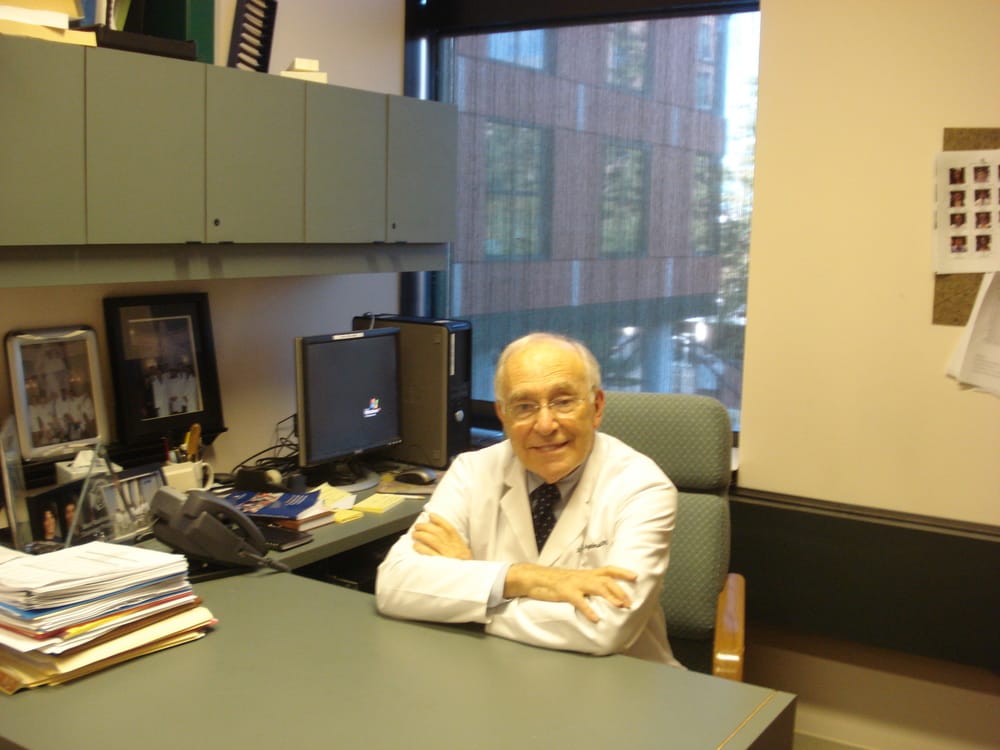
When I was told I would be undertaking my medical elective at the very hospital House graduated from, I was over the moon. The famous Johns Hopkins Hospital has not only had 33 Nobel Laureates associated with it, but has also been voted best US hospital for twenty consecutive years. When I first saw the hospital, I must admit, I thought it was more of an enchanted castle than a hospital. Having read up about the many influential physicians and scientists from Hopkins, I was desperate to find out if it was possible to follow in their footsteps. So when I came across Professor Siegelman, a hugely influential radiologist at Johns Hopkins, I jumped at the chance to interview him. Throughout his career he has taught, edited, made scientific discoveries and has treated patients. I was keen to find out the secrets of his success in combining medicine, science and teaching.
Professor Stanley Siegelman is a professor of radiology, scientist, teacher, editor and director of the Radiology Residency Program at Johns Hopkins Hospital. He has been awarded numerous awards including the Gold Medal from the Radiological Society of North America (RSNA) and George J. Stuart Award for Medical Student Teaching.
Having authored and co-authored books and over 350 scientific papers, he has helped pioneer huge advances in imaging. In 1977 Professor Siegelman directed Johns Hopkins’ first body Computed Tomography (CT) program that subsequently went on to be an extremely important diagnostic tool world wide.
Professor Siegelman has trained some world famous radiologists including Dr Elias Zerhouni, former director of the National Institutes of Health, and has guided and nurtured the careers of hundreds and still continues to do so today.
What made you choose Radiology?
In medical school most of my fellow classmates knew what they wanted to go into. I had a problem because so many different things fascinated me; I found it hard to choose. At first psychiatry interested me, but then I became interested in cardiology and gastroenterology also. I therefore postponed my decision and joined an army Hospital where I spent three years doing internal medicine. I wanted to go into a field in which I could be a true expert in and at that time there was not that much to know about in radiology, especially since we did not have MRI or CT scans . After my training, however, things were very different.
Being the editor of Radiology and being the director of diagnostic radiology while managing to teach sounds like a tough schedule, so how do you manage to juggle it all?
Teaching has always been important to me
There were crossover benefits between my clinical and editorial activities. Being editor of ‘Radiology’ and being aware of what would go into the scientific literature a few months ahead of time helped me communicate with students and residents to keep things exciting by staying at the cutting edge of science. Having credentials in chest, gastrointestinal, cardiovascular and musculoskeletal radiology really helped me when I was editor. Additionally having my editorial offices right across the street was great since I could still lecture the residents while maintaining my clinical work. It was ideal because teaching has always been important to me.
Could you please give a brief timeline of your academic life?
Interestingly, my life can be divided into twelve year segments. When I was 17, I finished high school; The second 12 years was after college and my internship at the army; The third 12 years I was the Director of Diagnostic Radiology, during which time I developed the clinical programs at Johns Hopkins; After those 12 years I was then made the Director of Radiology at Johns Hopkins; I then carried on as editor of Radiology for 12 years; The final twelve years, which brings us until today, I was running the residency program, and I must say I still like clinical radiology, the practise of it has improved a lot. When we are given the task of interpreting the results of patients we have an information system that lets us know all we need about the patient. Before there was a problem since there was no access to old films. Technology has helped radiology become more efficient and exciting.
Who were the main people who encouraged you most in your career?
I would say that in the earlier days of radiology, particularly in the 1950’s, departments were not as large and not as complex. The chairman was a very important person as he had his hand in the day-to-day running of the department and his decisions were vital. The chairman, Dr Harold Jacobson, influenced me most. He was very inspiring and knew and pushed everyone to do their utmost. Dr Jacobson loved to teach. We would have daily conferences and when I was a resident he invited me to give some teaching courses on musculoskeletal radiology. One of his strengths was that he broadcasted only favourable things about people and whenever he had a good resident he would let people know, and I suppose that is what helped me a lot.
What do you think makes a good mentor?
If I were to name a society of the best mentors I would call it the Isaac Barrow society. Isaac Barrow was a very good teacher, and had many good ideas which probably led to the formation of calculus. In the 17th century it was hard to get support for oneself if one wanted to do research, so people had to be sponsored by dukes and royalty. At Cambridge University there is a scholarship fund called the ‘Lucasian scholarship of Mathematics’. Isaac Barrow was awarded this prestigious scholarship, but he then gave it up to one of his students who he thought would benefit more from this scholarship than him. This great student was Sir Isaac Newton who was then able to continue his research without having to worry about living expenses. Isaac Barrow therefore enabled his prodigy to continue his career. My mentor, Dr Harold Jacobson always said that his aim was to train people better than him, and I always kept this in mind.
What do you think makes a good Radiologist?
A good radiologist has a very good memory
Firstly they have to have a good eye and be able to check abnormalities in an imagined study and correlate it with their knowledge and with the clinical history so a certain pattern of disease has a different meaning; say for example in an immuno-suppressed patient, a radiologist has to be good at integrating the findings and have a solid knowledge of the clinical basis. I also think a good radiologist has a very good memory.
How does the next generation of scientists need to prepare for the future of science?
They have to pick an area of interest, not rush their training and maybe take an extra year to do research and be knowledgeable about the background, history and techniques. When they are in the field they should make an assessment of what is there that we do know and should know. An important theme is what we can take from the bench to the bedside.
What is the best advice you would give to students who are trying to decide their career path?
I can't believe I get paid to do this job, since it’s more like play!
My best advice would be that I give to the residents is four words ‘GO FOR THE JOY’. Find out what things warm your heart the most, gets you excited and makes you feel really good. That is much more important than the salary that you earn. Different people find different things inspiring. Try to get to the stage where you think, "I can't believe I get paid to do this job, since it’s more like play!"

